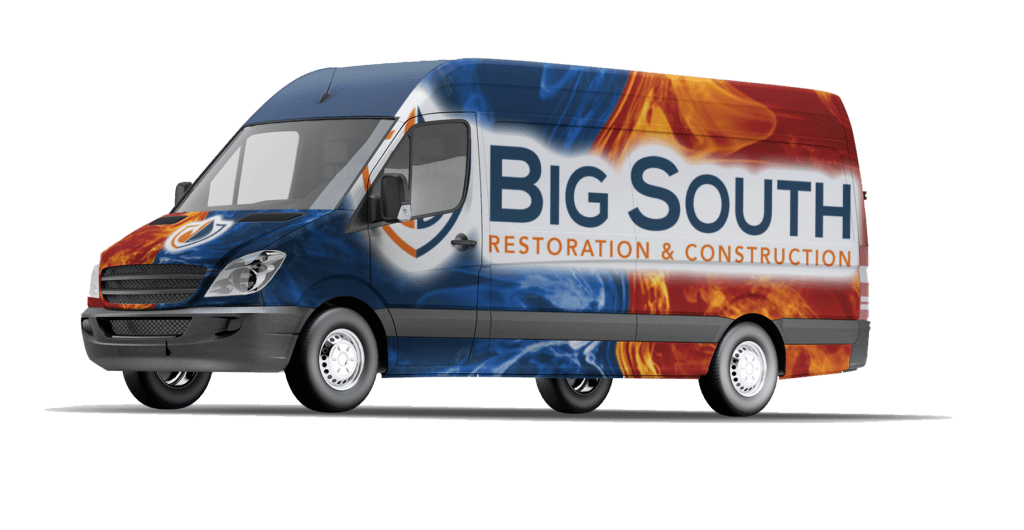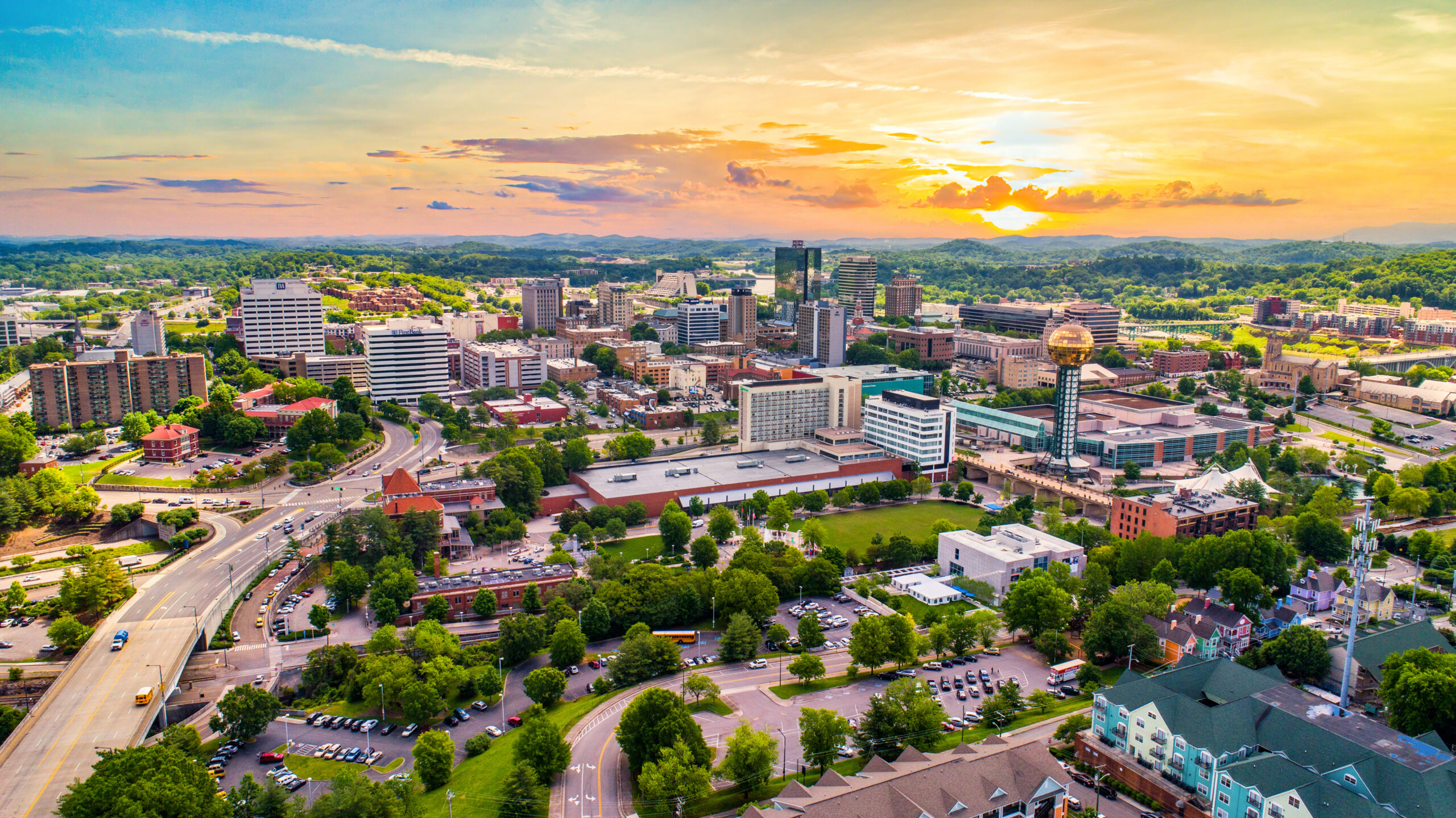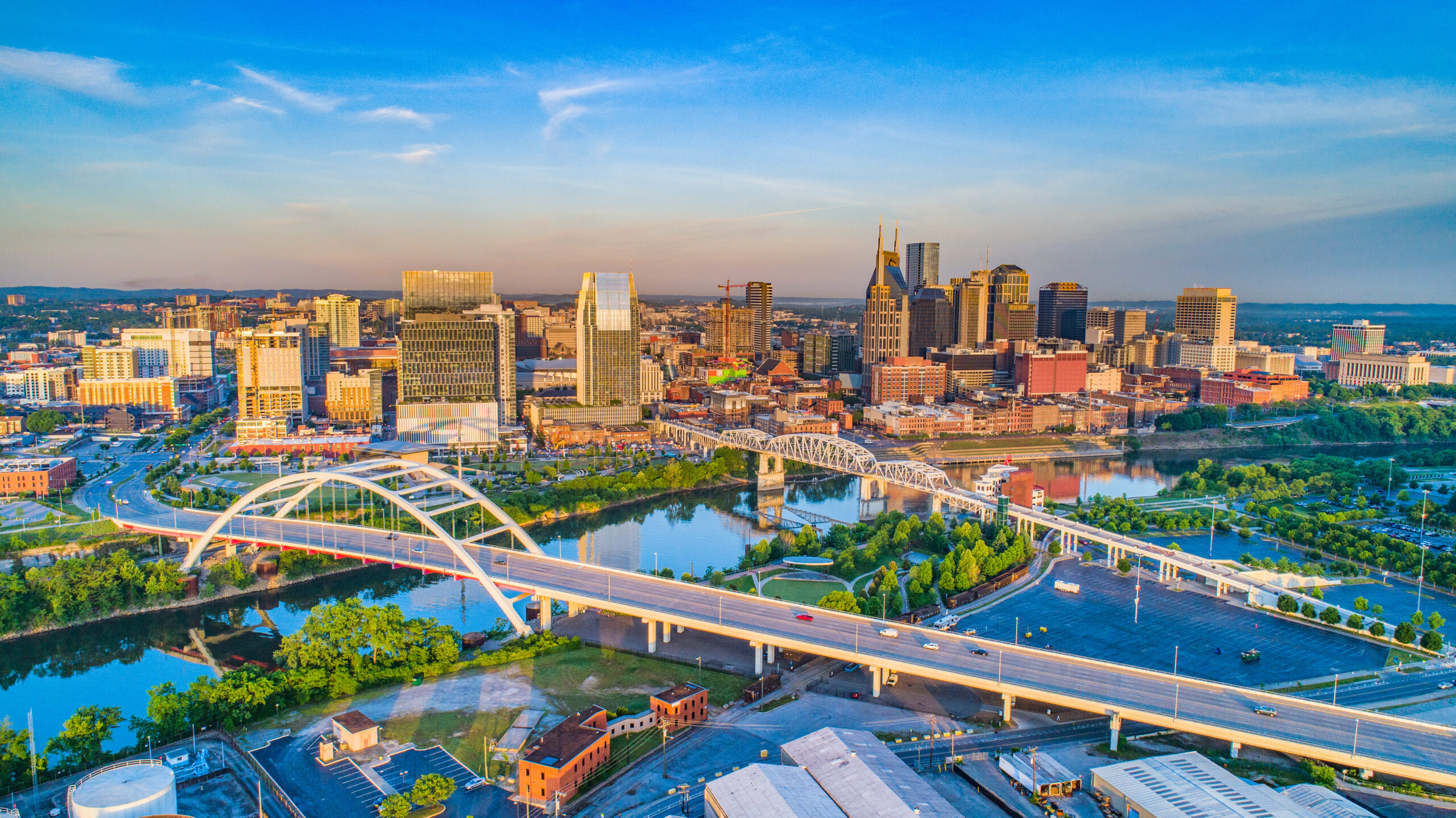Glossary of Terms
- Home
- Glossary
Water Damage Restoration Glossary
Water Damage: Water damage refers to the destructive effects of water on property, materials, and structures, which can result from various sources such as floods, leaks, or burst pipes. Water damage can lead to mold growth, structural damage, and ruined belongings.
Water Extraction: Water extraction is the process of removing excess water from a damaged area using specialized equipment like pumps or vacuums. This process is crucial in mitigating further damage and preparing the area for drying and restoration.
Drying and Dehumidification: Drying and dehumidification are essential steps in the water damage restoration process. They involve removing moisture from affected materials and the air to prevent mold growth, warping, and other secondary damage.
Mold Remediation: Mold remediation is the process of removing mold from surfaces, materials, and structures affected by water damage. This process includes identifying the source of the mold, containing its spread, cleaning, and disinfecting affected areas, and preventing future mold growth.
Structural Drying: Structural drying is the process of removing moisture from a building’s structural components, such as walls, floors, and ceilings. This step is crucial in preventing structural damage, mold growth, and ensuring the overall stability of the building.
Flood Restoration: Flood restoration is the process of cleaning, drying, and repairing property damaged by flooding. This process may include water extraction, structural drying, mold remediation, and property reconstruction.
Category 1 Water: Category 1 water, also known as “clean water,” originates from a sanitary source and does not pose a substantial risk to human health. Examples include broken water supply lines or overflowing sinks or tubs.
Category 2 Water: Category 2 water, or “gray water,” contains significant contamination and has the potential to cause discomfort or illness if ingested. Sources include dishwasher or washing machine overflows, toilet overflows with urine but no feces, and sump pump failures.
Category 3 Water: Category 3 water, or “black water,” is grossly contaminated and can contain harmful pathogens, toxins, or chemicals. This water typically originates from sewage backups, flooding from rivers or streams, and toilet overflows with feces.
IICRC: The Institute of Inspection, Cleaning, and Restoration Certification (IICRC) is a non-profit organization that sets standards and certifications for the cleaning, inspection, and restoration industries, including water damage restoration. IICRC-certified professionals are trained in the latest techniques and follow industry best practices for water damage restoration.
Fire Damage Restoration Glossary
Soot: Soot is a black, powdery residue that forms during incomplete combustion of organic materials like wood, coal, or oil. It can accumulate on surfaces and possessions after a fire, causing staining and unpleasant odors.
Smoke Damage: Smoke damage refers to the discoloration, staining, and odor caused by smoke particles that have infiltrated a property during a fire. It can affect surfaces, textiles, and the air quality within a building.
Fire Restoration: Fire restoration is the process of repairing and restoring a property that has been damaged by fire, smoke, and related water damage. This includes cleaning, deodorizing, and reconstructing affected areas to return the property to its pre-loss condition.
Deodorization: Deodorization is the process of removing unpleasant odors caused by smoke, soot, or other contaminants after a fire. This may involve the use of specialized equipment, chemicals, and techniques to neutralize and eliminate the source of the odor.
Contents Cleaning: Contents cleaning refers to the cleaning and restoration of personal belongings and household items that have been damaged by fire, smoke, or soot. This process can involve specialized techniques and equipment, such as ultrasonic cleaning or ozone treatment, to restore items to their pre-loss condition.
Structural Repairs: Structural repairs are necessary when a fire has caused damage to the structural integrity of a building. This can involve repairing or replacing damaged framing, flooring, walls, or other essential components of the property.
Fire Damage Assessment: A fire damage assessment is an inspection conducted by a restoration professional to evaluate the extent of damage caused by a fire. This assessment will determine the necessary steps for the restoration process and can help create an accurate estimate for repairs.
Air Scrubbers: Air scrubbers are specialized machines that remove particles, chemicals, and odors from the air within a building after a fire. They help improve indoor air quality and contribute to the overall restoration process.
Thermal Fogging: Thermal fogging is a technique used to neutralize odors caused by fire and smoke damage. It involves using a fogging machine to disperse a fine mist of deodorizing agents, which penetrate and neutralize odor-causing particles.
Fire Damage Mitigation: Fire damage mitigation is the process of taking immediate action to minimize the extent of damage caused by a fire. This may involve securing the property, removing water from firefighting efforts, and beginning the initial stages of cleaning and deodorization.
Mold: Mold is a type of fungi that grows on organic materials in damp, humid environments. Mold can cause structural damage, unpleasant odors, and health issues, especially for those with allergies, asthma, or compromised immune systems.
Mold Remediation: Mold remediation is the process of removing mold growth and addressing the moisture source that caused it. This can involve cleaning, sanitizing, and repairing affected areas to prevent mold from returning.
Mold Inspection: A mold inspection is an assessment conducted by a mold remediation professional to identify the presence and extent of mold growth in a property. The inspection will help determine the appropriate course of action for mold removal and restoration.
Air Sampling: Air sampling is a technique used to test for airborne mold spores and determine the concentration and types of mold present. This can help identify hidden mold problems and inform remediation efforts.
Antimicrobial: Antimicrobial agents are chemicals used to kill or inhibit the growth of microorganisms like mold, bacteria, and viruses. These agents can be applied to surfaces during the mold remediation process to prevent future mold growth.
Containment: Containment is the practice of isolating a mold-affected area from the rest of the property to prevent the spread of mold spores during the remediation process. This can involve using plastic sheeting, negative air pressure, or other barriers to seal off the contaminated space.
HEPA (High-Efficiency Particulate Air) Filter: HEPA filters are used in air purifiers and vacuum cleaners to trap and remove airborne particles, including mold spores. They are an essential tool in the mold remediation process to prevent the spread of mold and improve indoor air quality.
Dehumidification: Dehumidification is the process of reducing moisture levels in the air and materials within a property. It is an important step in mold remediation, as controlling humidity can help prevent mold growth and reduce the risk of future mold problems.
Personal Protective Equipment (PPE): PPE is specialized clothing and equipment worn by mold remediation professionals to protect themselves from exposure to mold and hazardous materials. This can include items like gloves, goggles, respirators, and protective suits.
Moisture Meter: A moisture meter is a tool used to measure the moisture content in materials like wood, drywall, and insulation. It helps identify areas with elevated moisture levels that could contribute to mold growth and inform the remediation process.
Reconstruction Glossary
Reconstruction: Reconstruction is the process of repairing and restoring a property after it has been damaged by water, fire, storm, or mold. This can involve replacing damaged materials, rebuilding structural components, and refinishing surfaces to return the property to its pre-loss condition.
Demolition: Demolition is the process of removing damaged materials and structural components from a property after a disaster. This can include tearing out walls, flooring, ceilings, and other affected materials to prepare the space for reconstruction.
Restoration: Restoration refers to the process of returning a property to its original state after it has been damaged by water, fire, storm, or mold. This can involve cleaning, drying, repairing, and reconstructing affected areas.
Board-Up Services: Board-up services involve securing a property by covering broken windows, doors, and other openings with plywood or other materials to protect the interior from further damage and prevent unauthorized access after a disaster.
Temporary Roof Repair: Temporary roof repair is the process of installing a temporary covering on a damaged roof to protect the property from water intrusion and additional damage until a more permanent repair or replacement can be completed.
Content Pack-Out: Content pack-out is the process of removing, inventorying, and storing a property’s contents after a disaster. This allows for the efficient cleaning, restoration, and storage of belongings while the property undergoes reconstruction.
Odor Removal: Odor removal is the process of eliminating unpleasant smells caused by water, fire, storm, or mold damage. This can involve using specialized techniques and equipment, such as ozone generators, hydroxyl machines, and fogging treatments, to neutralize and remove odors.
Building Envelope: The building envelope refers to the physical barrier between a property’s interior and exterior environments. It includes elements like walls, roofs, windows, and doors, which play a crucial role in protecting the property from water, air, and temperature fluctuations. Reconstruction may involve repairing or replacing damaged building envelope components.
Subrogation: Subrogation is a legal process in which an insurance company seeks reimbursement from the party responsible for causing damage to a property. This can occur after the insurance company has paid for the reconstruction and restoration of a property due to water, fire, storm, or mold damage.
Roofing Glossary
Shingles: Shingles are the most common roofing material, typically made of asphalt, wood, metal, or slate. They are installed in overlapping layers to protect the roof from water, wind, and debris.
Underlayment: Underlayment is a water-resistant or waterproof barrier installed directly onto the roof deck. It provides an additional layer of protection between the shingles and the roof decking, preventing water infiltration and damage.
Flashing: Flashing is a thin, weather-resistant material used to seal and protect roof joints and penetrations, such as chimneys, vents, and skylights. It helps to direct water away from vulnerable areas and prevent leaks.
Roof Deck: The roof deck is the structural base of a roof system, typically made of plywood or oriented strand board (OSB). It supports the underlayment, shingles, and other roofing materials.
Eaves: Eaves are the lower edges of a roof that extend beyond the exterior walls of a building. They help to protect the siding and foundation from water damage by directing runoff away from the structure.
Ridge: The ridge is the highest point of a roof, where two sloping roof planes meet. It is often capped with ridge caps or ridge shingles to provide added protection against leaks and weather.
Gutter System: The gutter system is a series of troughs and downspouts that collect and channel water away from the roof and the building’s foundation. It helps to prevent water damage, erosion, and basement flooding.
Ventilation: Roof ventilation is crucial for regulating temperature and moisture levels in an attic or roof space. Proper ventilation helps to prevent condensation, mold growth, and ice dam formation, which can cause damage to the roof and building structure.
Ice Dam: An ice dam is a buildup of ice along the lower edge of a roof that prevents melting snow and water from draining off the roof. Ice dams can cause water to back up under the shingles, leading to leaks and damage to the roof, walls, and ceilings.
Roofing Estimate: A roofing estimate is a written proposal provided by a roofing contractor outlining the scope of work, materials to be used, and the cost of the project. It is essential for comparing prices and services among different contractors before selecting one for your roofing project.

ABOUT US
Why Big South
Our team of dedicated professionals is committed to providing top-notch services, ensuring your property is restored to its pre-loss condition. We pride ourselves on our customer-focused approach, state-of-the-art equipment, and timely communication, making the restoration process as smooth and stress-free as possible.
Don’t hesitate any longer – contact Big South Restoration & Construction today for all your water damage restoration needs. (855) 757-6884
The #1 Choice in Cleanup and Restoration
Big South Restoration brings with it over 30 years of Restoration and Home Reconstruction Experience. As a fully licensed and certified contractor – Big South has the knowledge and skillset to get the job done right.
Call Us At (855) 757-6884





